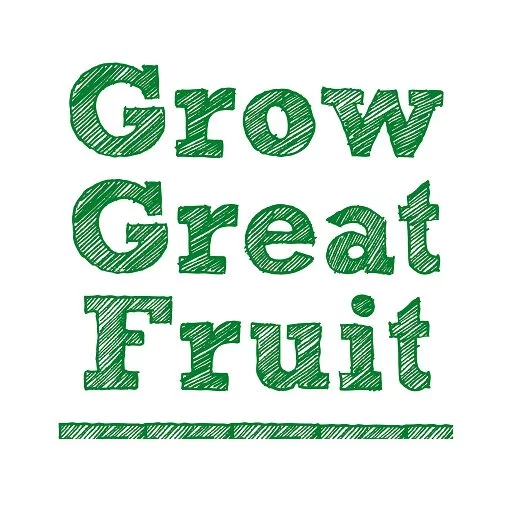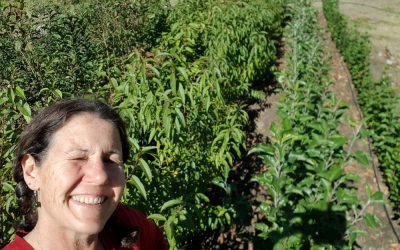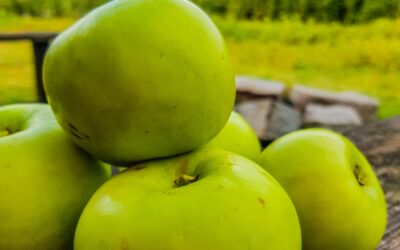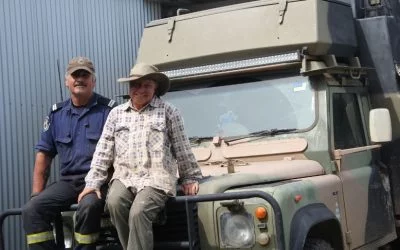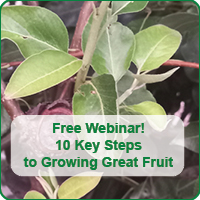Estimated reading time: 5 minutes
Every autumn, in late March or early April (depending on how organise we are) we start the satisfying process of sending fruit trees out in the world to their new homes.
We’ve finished the laborious count of how many trees of which varieties and which sizes will be available. We’ve even listed them on the Carr’s Organic Fruit Tree Nursery website!
The trees are available to order from the time the website opens until the end of June. Then we open the farm so people can come and collect their trees in person.
We also usually make a big trip to one of the farmers markets in Melbourne. This ensures the new fruit tree parents don’t have to travel too far to get their trees (see website for details).
Why can’t I collect my fruit trees in autumn?
Why the big gap between ordering and collection?
Because we have to wait for the trees to drop their leaves and go dormant for the winter.
That’s why they’re called ‘bare rooted’. It refers to the fact that they don’t come in a pot full of soil, but rather as a skeleton tree, plucked from the ground and ready to be planted at its new home.
It’s best to transplant the trees when they are dormant because, at this stage of their cycle, they aren’t growing. That means they’re much less likely to suffer from ‘transplant shock’.
You can also help to minimise the risk of transplant shock by providing them with a big spacious hole full of lots of good quality compost and topped off with a good layer of mulch.
How do you know if your grafting was successful?
Pre-harvest season is our moment of truth!
This is when we have to do the final assessment of all the grafting we’ve done in the previous 12 months.
If the buds or grafts we’ve fixed onto the rootstocks have grown well, we’re in business. That means we’ve successfully created a nice strong, healthy tree that is likely to be productive for its new owner.
We’re pretty experienced with grafting all the deciduous fruit trees. Merv (Katie’s dad and the nursery mentor) has been grafting every year since he was about 16. He’s now in his 80s and still going strong!
One of the biggest challenges in our nursery is growing citrus trees. Most citrus trees that are available for gardeners near us have been grown far away, in a much different climate.
That means they often struggle when they’re planted in our climate, which has cold winters and hot dry summers. It can take them years to get properly established, if they survive the frosts at all!
We’re experimenting with growing our own citrus rootstocks in place, in an attempt to grow citrus trees that are more suited to our climate.
It’s a work in progress!
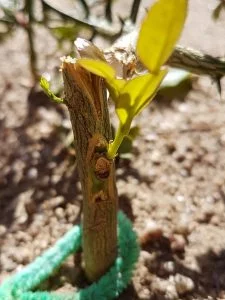
Getting ready for next year’s nursery.
Growing fruit trees requires lots of little jobs throughout the year.
At the same time as we’re preparing for the harvest of this year’s trees, our minds are already turning to next year’s nursery.
In late summer and autumn, that involves collecting seeds of peaches, nectarines, quinces, apples, and pears.
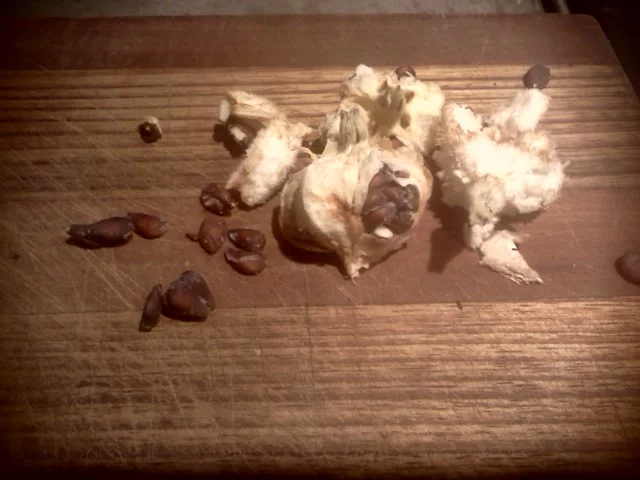
We usually grow a summer green manure in the plot where next year’s nusery will be planted.
Then we invite the lovely poo machines (Tessa’s cows) in to eat the green manure and leave their welcome fertile deposits on top.
Hugh then jumps on the tractor to lightly plough the soil to create the seed bed for us to plant in spring.
Sending fruit trees to good homes
The next big job will be digging up all the fruit trees, once they’ve lost their leaves and getting them ready for everyone’s orders.
Until then, we continue to weed, collect seeds, watch our buds patiently and enjoy the colourful transition to winter.

We love growing organic fruit trees and sending them out in the world to their new homes. It’s incredibly rewarding to think of our trees flourishing in happy gardens, knowing they’re appreciated and cared for by other families.
This connection also helps build a sense of community of gardeners.
As our trees take root nearby, they bring us closer together, fostering a shared love for gardening and all things fruity.
Related Articles
How old are the trees from our fruit tree nursery?
Wondering how old the trees you buy from a nursery are? We answer the question by explaining the process we use in our fruit tree nursery.
Hands up – who loves Bramley apples?
Bramley apples are a magnificent cooking apple from England which deserve a place in many Australian gardens.
Helping out on the farm
One of the things we LOVE about our farm is the fabulous people who visit, for one reason or another. Our lives have been enriched over the years by…
